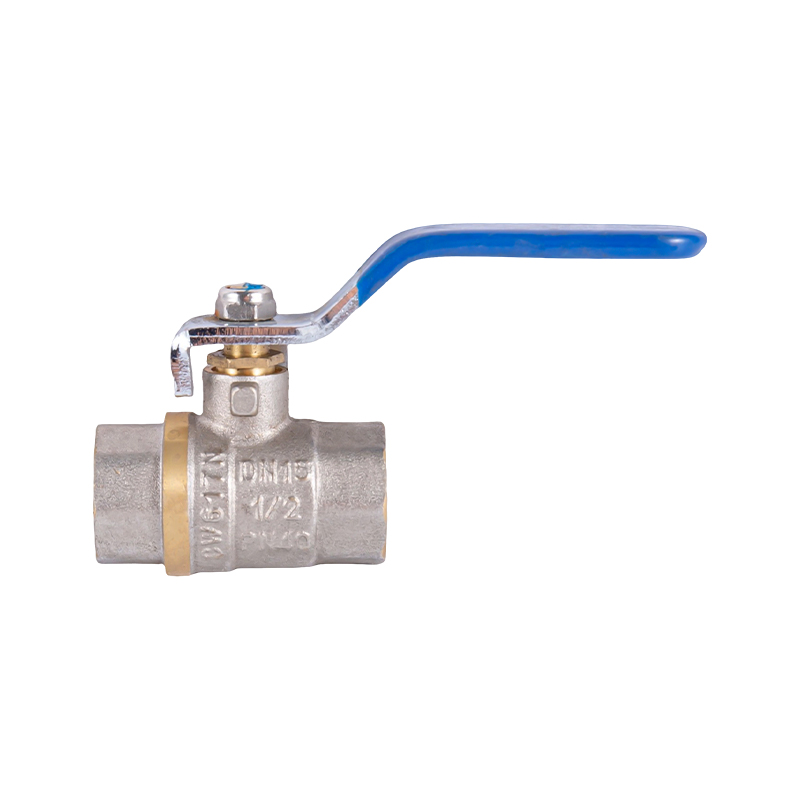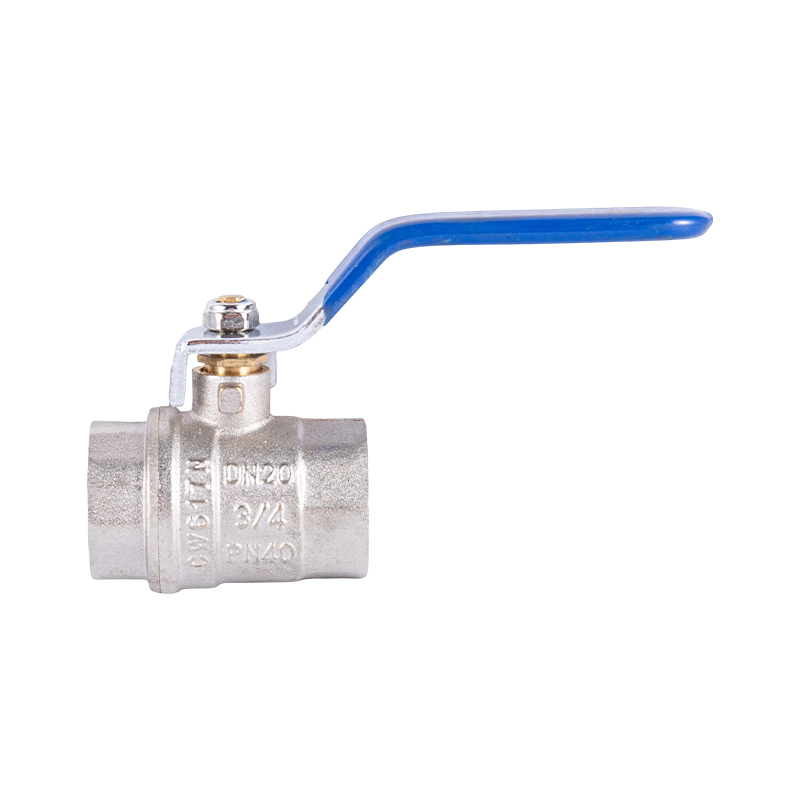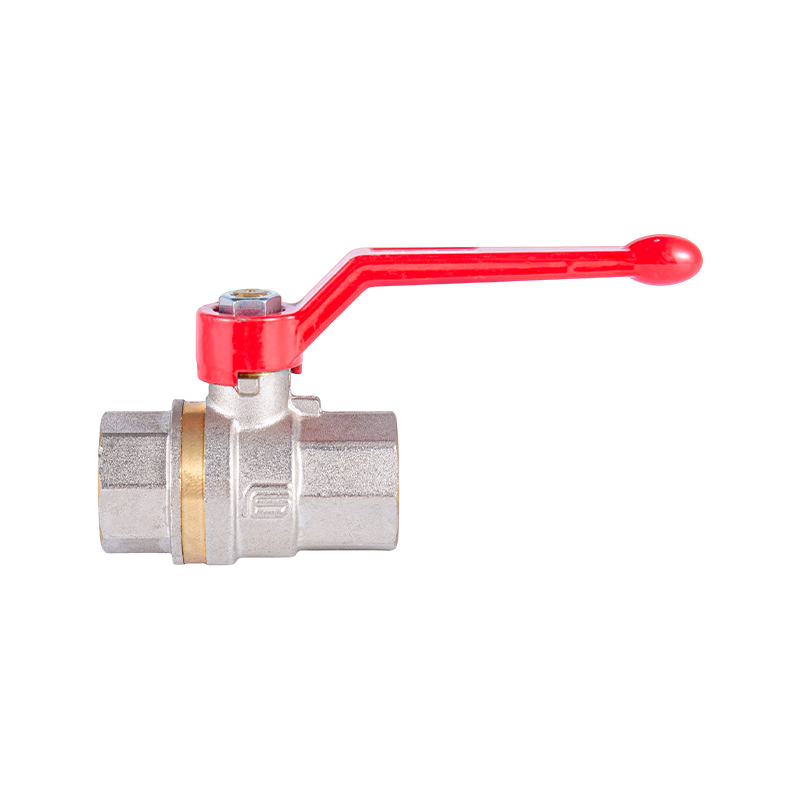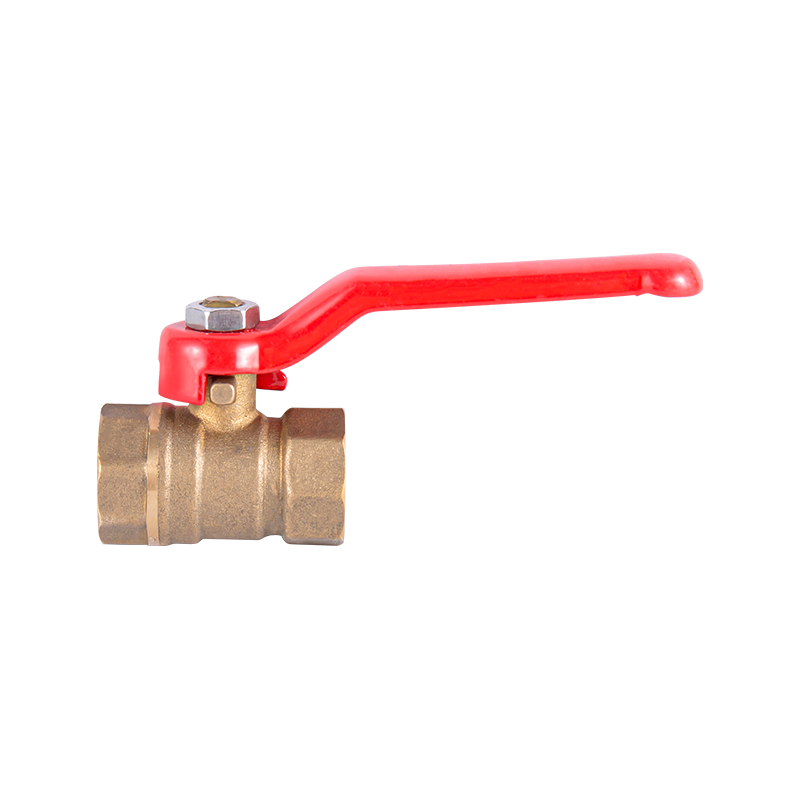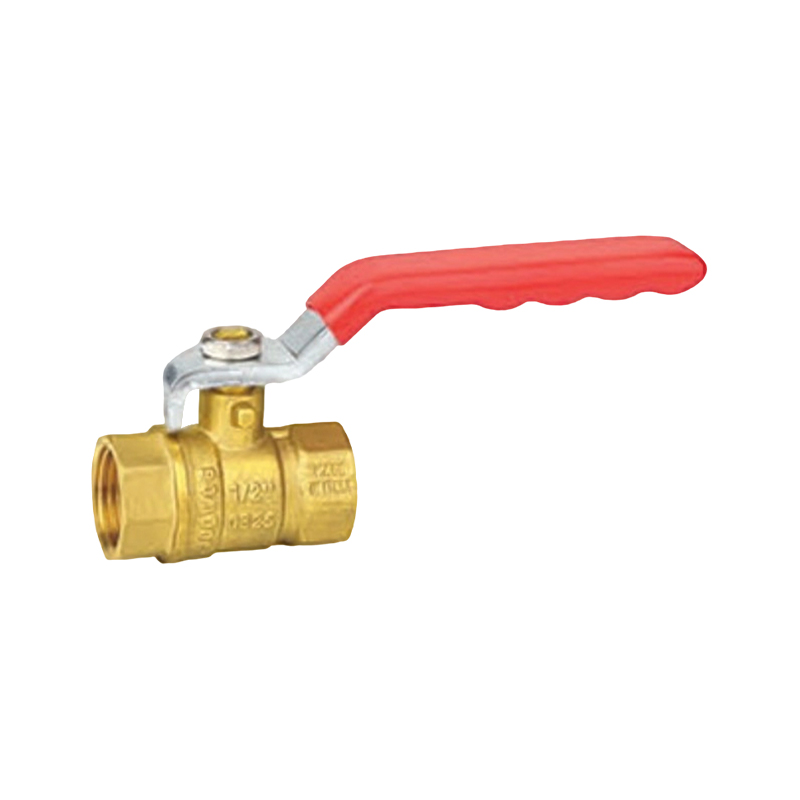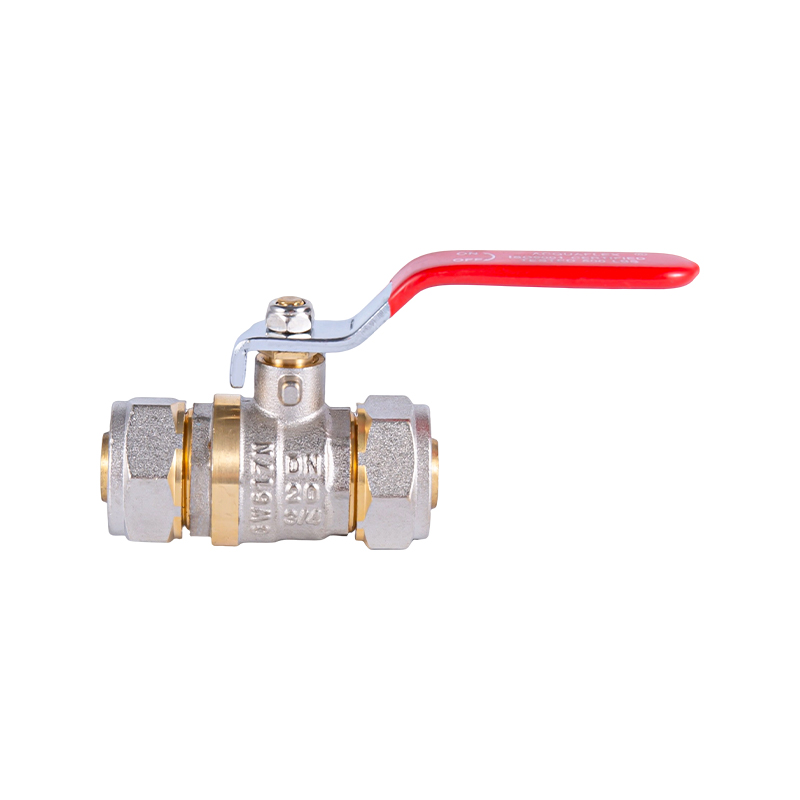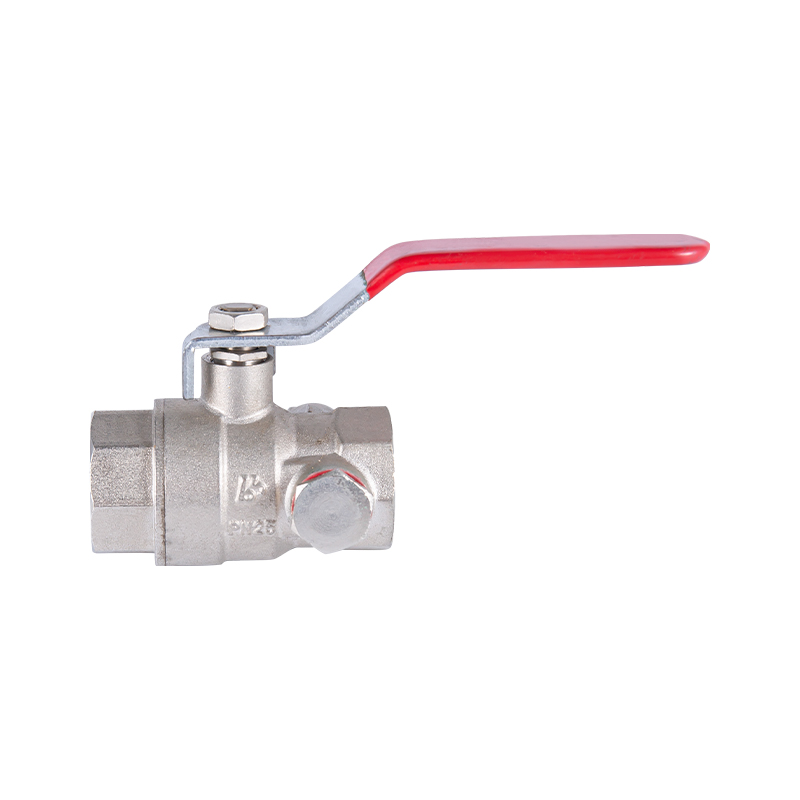Durability and Performance of High-Quality Mini Valve Models
In various industries, the need for compact and reliable flow control solutions continues to grow. Among these solutions, the Mini Valve has earned significant attention for its combination of size, efficiency, and dependable functionality. Whether applied in water systems, medical devices, or pneumatic equipment, the Mini Valve offers a balance of durability and operational performance suitable for diverse settings.
The Mini Valve is often favored in situations where space is limited and precise control is necessary. Its small size allows it to fit into compact equipment without compromising flow management. Over time, different materials have been used in the production of Valve models, including brass, stainless steel, and high-grade plastics. Each material selection contributes to how well the Valve withstands pressure, temperature, and exposure to various fluids.
When discussing durability, the Mini Valve demonstrates resilience in both residential and industrial applications. For example, in irrigation systems, a Valve can regulate water flow efficiently without frequent replacement. Its resistance to corrosion and wear helps extend service life, reducing the need for constant maintenance. Many industries appreciate the long-term stability provided by a Valve, especially in installations where continuous operation is required.
Performance is another essential aspect when evaluating any Mini Valve. The ability to control flow accurately, whether for gases or liquids, defines its usefulness. In medical equipment, for instance, a Valve is responsible for ensuring the proper delivery of air or fluid at controlled rates. Consistency and leak prevention are critical in such settings, and a well-designed Valve meets these expectations effectively.
Another important factor contributing to the Valve’s reputation is its adaptability. Valve designs come in a variety of configurations, including ball, needle, and check types. Each type of Valve serves a particular purpose, making it easier for manufacturers and engineers to select a suitable model for their systems. This versatility ensures that the Valve remains a practical solution across multiple industries.
Pressure handling is often a concern with small valves. Despite their compact design, Mini Valve models are engineered to perform under various pressure conditions. Whether used in compressed air systems or fluid control applications, the Valve maintains operational integrity. This capability makes it a dependable choice for processes where safety and reliability are priorities.
Ease of installation also adds to the appeal of the Mini Valve. Its threaded or push-fit connections simplify assembly within complex systems. Because a Valve typically requires less space, it can be positioned conveniently within equipment enclosures or along pipelines without extensive modifications. This feature helps streamline both new installations and equipment upgrades.
In fluid dispensing systems, the Mini Valve plays a vital role in regulating the precise amount of liquid delivered to end-users. Beverage dispensers, chemical dosing units, and laboratory instruments often depend on a Valve for controlled output. Its ability to maintain consistent flow rates enhances the efficiency and reliability of these systems, benefiting operators and customers alike.
The Mini Valve is also widely used in automotive applications. Fuel systems, air conditioning units, and braking mechanisms incorporate Valve models to manage fluid and air flow. Their compact design fits seamlessly within the tight spaces of vehicles while providing reliable control. This functional adaptability underlines the significance of the Valve in transport engineering.
Maintenance considerations are equally important when selecting a flow control component. A Valve is typically designed for straightforward maintenance procedures, allowing quick cleaning or replacement when necessary. Many Valve models include accessible service points, which help reduce system downtime during routine inspections or part changes.
In recent years, advancements in manufacturing processes have contributed to the improved performance of Mini Valve designs. Precision machining, advanced sealing technologies, and refined internal geometries have enhanced the reliability and responsiveness of the Valve. These improvements ensure that modern Valve models deliver consistent results across a wider range of applications.
-
Feedback


 English
English 中文简体
中文简体 русский
русский Email us now!
Email us now!
